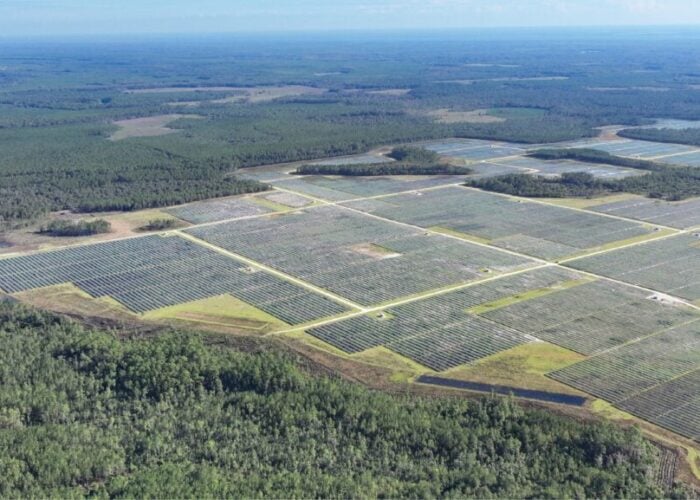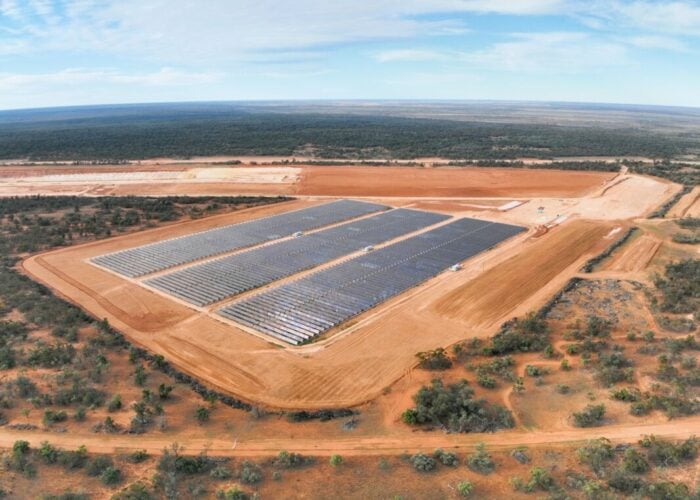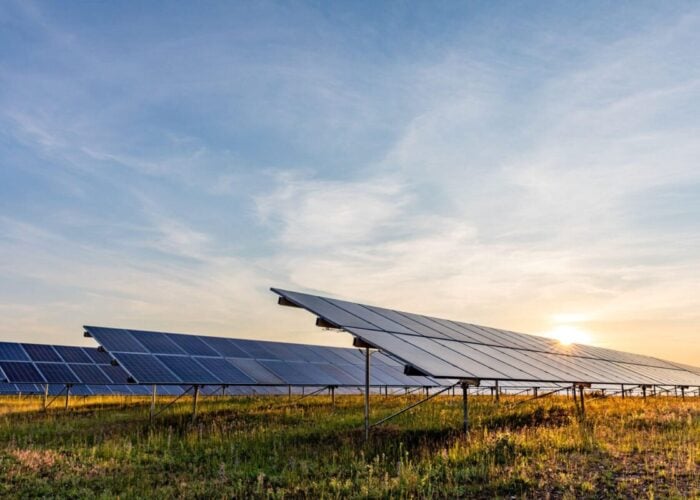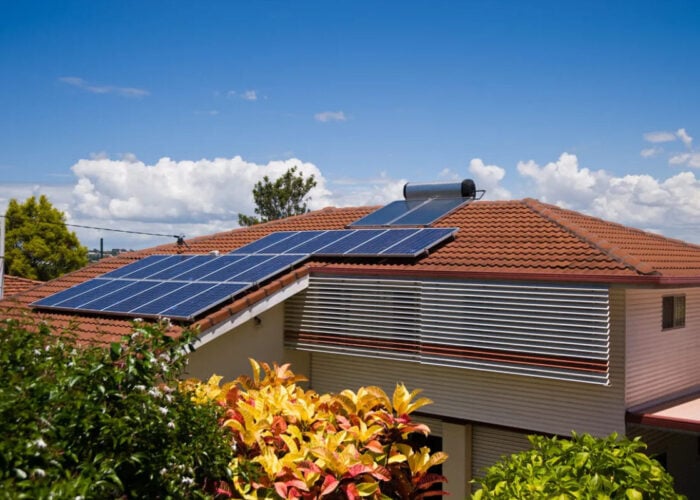
Australian investor Grok Ventures has acquired all of the assets of SunCable, and reaffirmed its commitment the company’s original purpose, of building a solar farm in the north of Australia and connecting it to a conversion facility in Singapore via an undersea cable.
The developers of the project, which is officially known as AA PowerLine, aim to construct five connected power facilities across the Asia-Pacific region.
Try Premium for just $1
- Full premium access for the first month at only $1
- Converts to an annual rate after 30 days unless cancelled
- Cancel anytime during the trial period
Premium Benefits
- Expert industry analysis and interviews
- Digital access to PV Tech Power journal
- Exclusive event discounts
Or get the full Premium subscription right away
Or continue reading this article for free
These include a 20GW solar project and connected 36.43GWh storage in Australia’s Northern Territory, an 800km high-voltage direct current (HVDC) overhead transmission line to bring power to the Australian port of Darwin and a 4,300km HVDC subsea cable to connect the Australian facilities to a converter site in Singapore.
This week, Grok acquired all of the project’s assets and announced plans to split the project into two companies. One, SunCable Australia, will focus on building the Australian solar farm and interconnection infrastructure; while the other, SunCable International, will build the subsea cable. The latter company will be overseen by Quinbrook Infrastructure Partners, a London-based asset manager.
“The green energy transition remains the greatest economic opportunity of our time,” said Grok’s Mike Cannon-Brookes, who has already been active in the Australian battery storage sector. “SunCable’s AAPowerLink project has all the component parts to make the next great Australian infrastructure initiative possible.”
“It will create more local jobs and support our green manufacturing and renewable energy industries. It’s set to deliver huge volumes of green energy to Darwin – powering a burgeoning green industry opportunity in the Northern Territory.”
Resolution and direction
The news follows months of uncertainty surrounding the massive solar and transmission project, which began with a falling-out between the company’s initial leaders, Cannon-Brookes and mining tycoon Andrew Forrest. Uncertainty over the project’s future led to SunCable entering administration, and eventually selling the project, and the involvement of Quinbrook, which formed a consortium with Grok to finance and manage the project.
However, this led to further uncertainty, as Quinbrook co-founder and managing partner David Scaysbrook was said to be “agnostic” over the subsea cable aspect of SunCable, and suggested building wind generating facilities at the project, raising further questions about its long-term direction.
“Quinbrook is providing a range of development services to Grok and Suncable including prospective customer engagement, project construction and operations and has rights to make a substantial equity investment into the onshore projects,” said a Quinbrook spokesperson, as the company remains optimistic about its work in the project.
SunCable’s tumultuous leadership situation has been all the more significant considering the vast cost of the project, in both money and time. The project was initially given a budget of A$30 billion (US$19.2 billion), but last month, Northern Territory chief minister Natasha Fyles acknowledged that SunCable would likely cost closer to A$40 billion.
Grok also expects the project to come online by 2035, to help Singapore meet its target of importing 4GW of low-carbon energy by this date, but SunCable originally planned to reach financial close for the project and begin construction in 2024. The company targeted 2029 as the start of commercial operations, but with the group’s leadership and funding structure only just finalised, it could be a challenge to construct and commission the project within the next six years.
For its part, Grok is now considering delivering power from the project to various communities in stages. This week, the company announced that it will aim to commission 6GW of power in a “first stage”, at least 900MW of which will remain in Australia, ultimately increasing to 3GW of new capacity. However, the company did not specify a timeframe over which these phases would be implemented.
“Grok has always said we are willing to work alongside constructive partners who share our vision and help the AAPowerLink achieve its goals,” said Jeremy Kwong-Law, CEO of Grok. “Once all milestones are reached and we reach financial investment decision, we have a high conviction that large institutional investors and debt providers will fund the capital expenditure to construct the project.”






